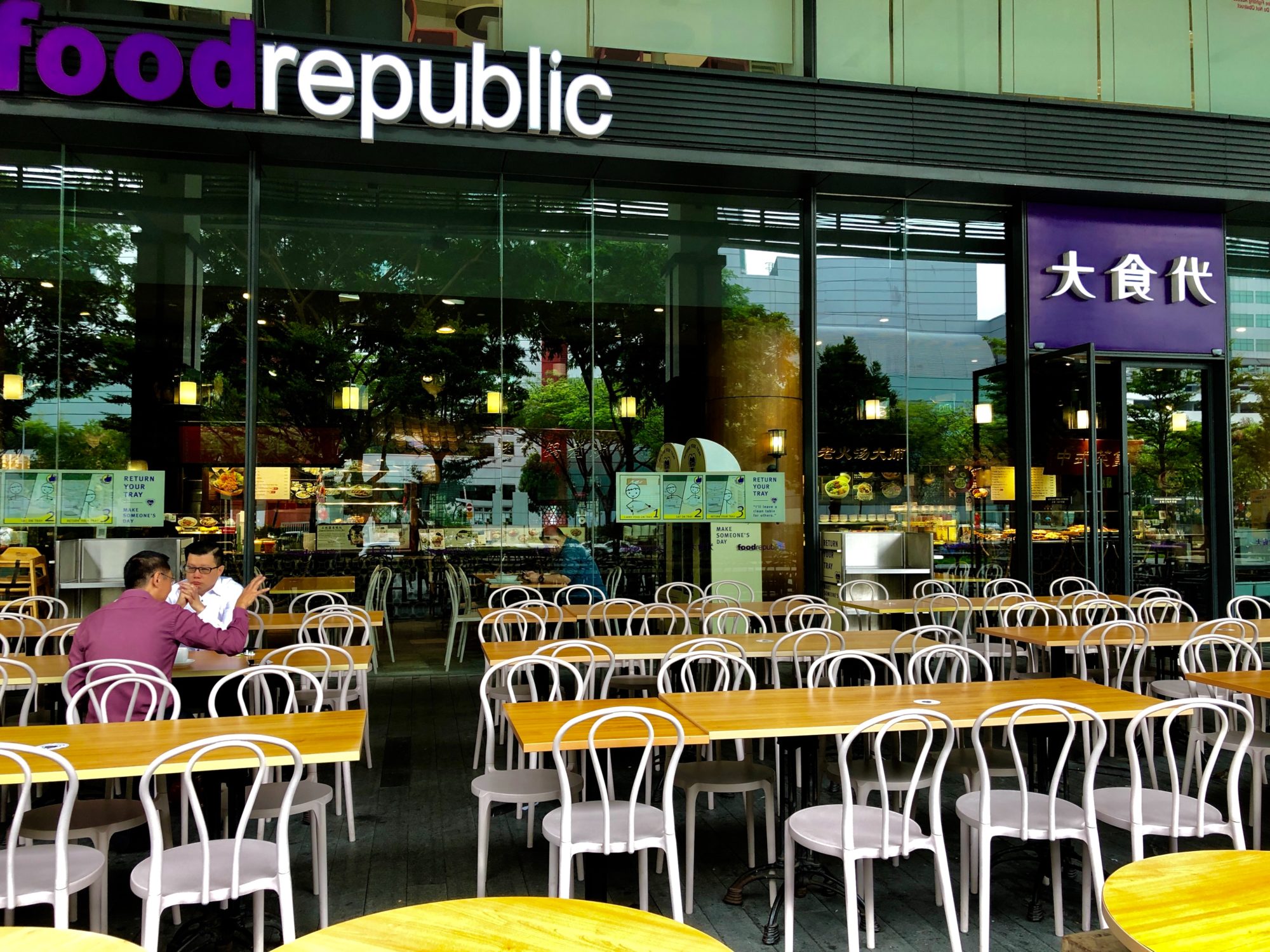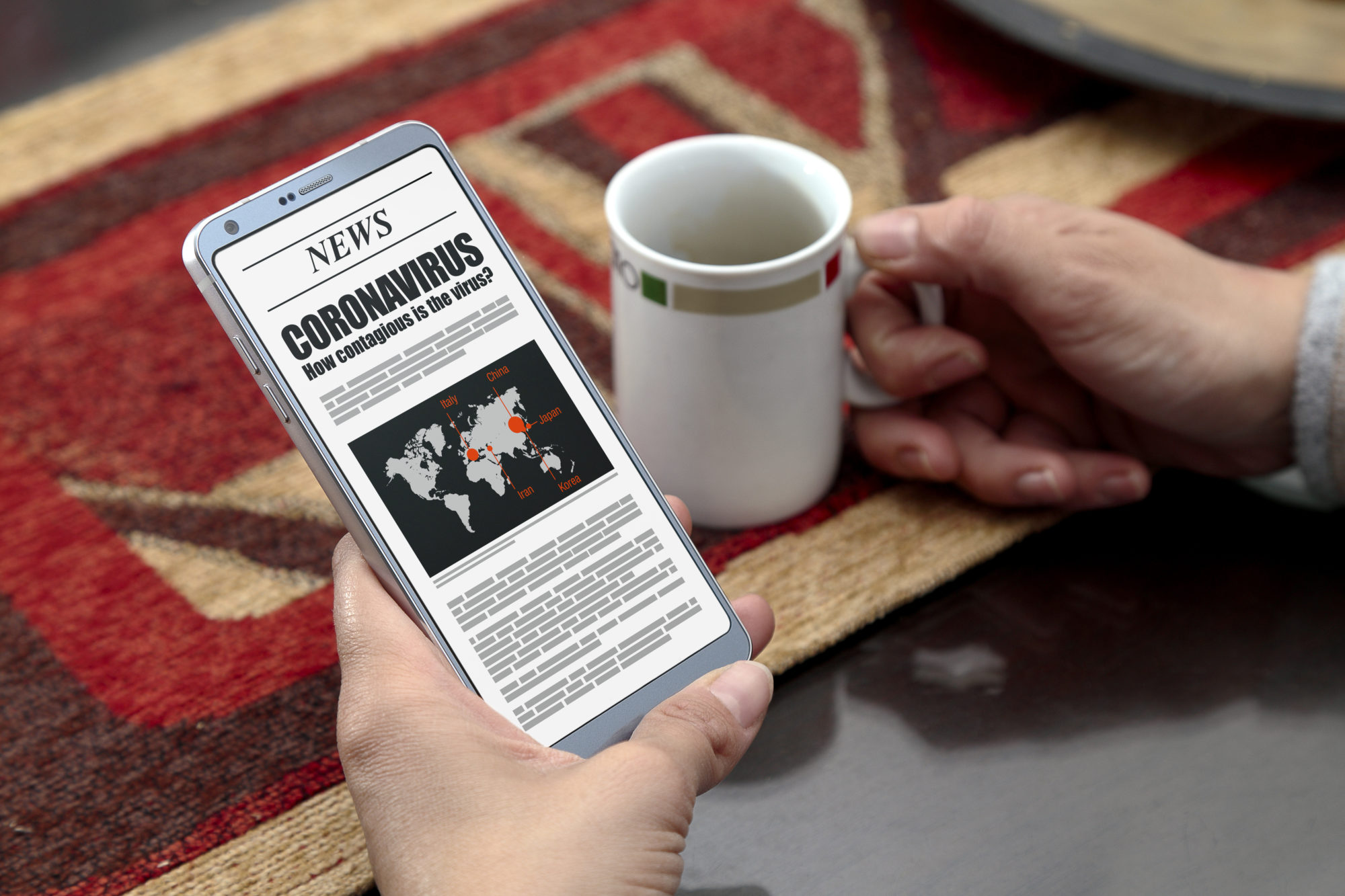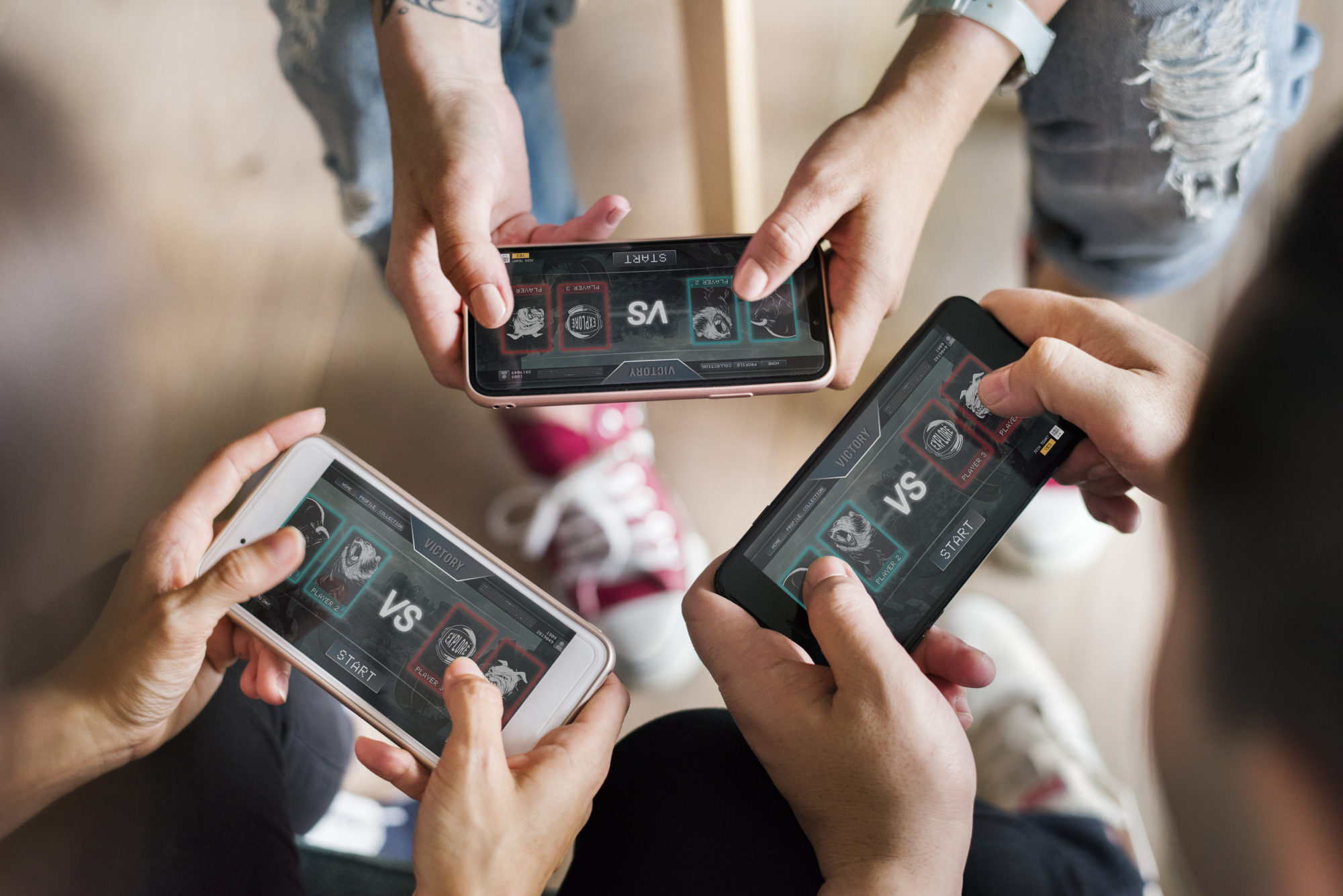
The changing behavior series: A look at US lifestyle changes
Over the past month, we’ve seen Americans drastically change their lifestyles to adapt to voluntary social distancing and stay-at-home government mandates.

Over the past month, we’ve seen Americans drastically change their lifestyles to adapt to voluntary social distancing and stay-at-home government mandates.

And suddenly everything changed. From the way we work (Weekday CBD foot traffic across major Australian cities was down -62% in March vs Jan 2020), where we spend our time (activity in mid-suburban areas went up 23% on average) to the way we travel and move (public transport use is down over 70%) has significantly shifted since COVID-19 escalated in Australia

Singapore won praise from the World Health Organisation (WHO) for its early response to address the nation’s concerns and anxieties when it first raised alerts to DORSCON Orange on February 6, 2020. With many countries currently implementing lockdown measures and shelter at home policies, Singapore has implemented “circuit breaker” measures – closing down non-essential services – from now until May 4.

A nation famed for warm greetings, a culture of dining in groups and world-class artisanal shopping, over the past month Italy has been the epicentre of the coronavirus in Europe. The country has been on lockdown since the beginning of March and is now starting to look with hope towards the next stage of the COVID-19 contagion following a declining curve of infection over the past week.

Whilst Covid19 continues its destructive path around the world, the economic impact of the virus is being felt across every industry. In the advertising industry, some of the world’s largest advertisers are revising their sales forecasts and shifting budgets. The Organization for Economic and Development warned that the escalation of the virus could cut global economic growth in almost half from 3% to 1.5% in 2020.

As well as understanding consumer behaviour and how they are engaging with content on their mobile devices ‘The changing behaviour series’ will provide some creative insight to help make the best use of creative campaigns. In this video Jamie Hall, Head of Creative at Blis shares some examples of how brands can be more innovative with their storytelling and interact with consumers on a deeper level.

Companies from every sector have benefitted by engaging with apps and making mobile a core part of their strategies. The impact Covid-19 is having on app usage, content consumption and the wider mobile industry has been striking and swift. As part of ‘The changing behaviour series’ we’re continuing our review of how consumers are interacting with content in light of the increased restrictions on movement around the world.

Earlier this week we looked at gaming apps and the rise in activity at distinct points throughout the day. As part of ‘The changing behaviour series’ we’re taking a deeper look at what other apps are performing well in the app ecosystem and how brands can use consumer behaviour to inform their strategy.

Lockdowns have been imposed in most major cities around the world. Personal movement across these cities has disappeared virtually overnight, with transport app Citymapper reporting as much as a 96% reduction in travel over the past number of weeks. And gaming and news apps are having their moment, in terms of content consumption and engagement. This restricted movement has led to an uptick in app usage of 70.1% in the UK, 15% in the US and 23% in Australia, according to Blis data.